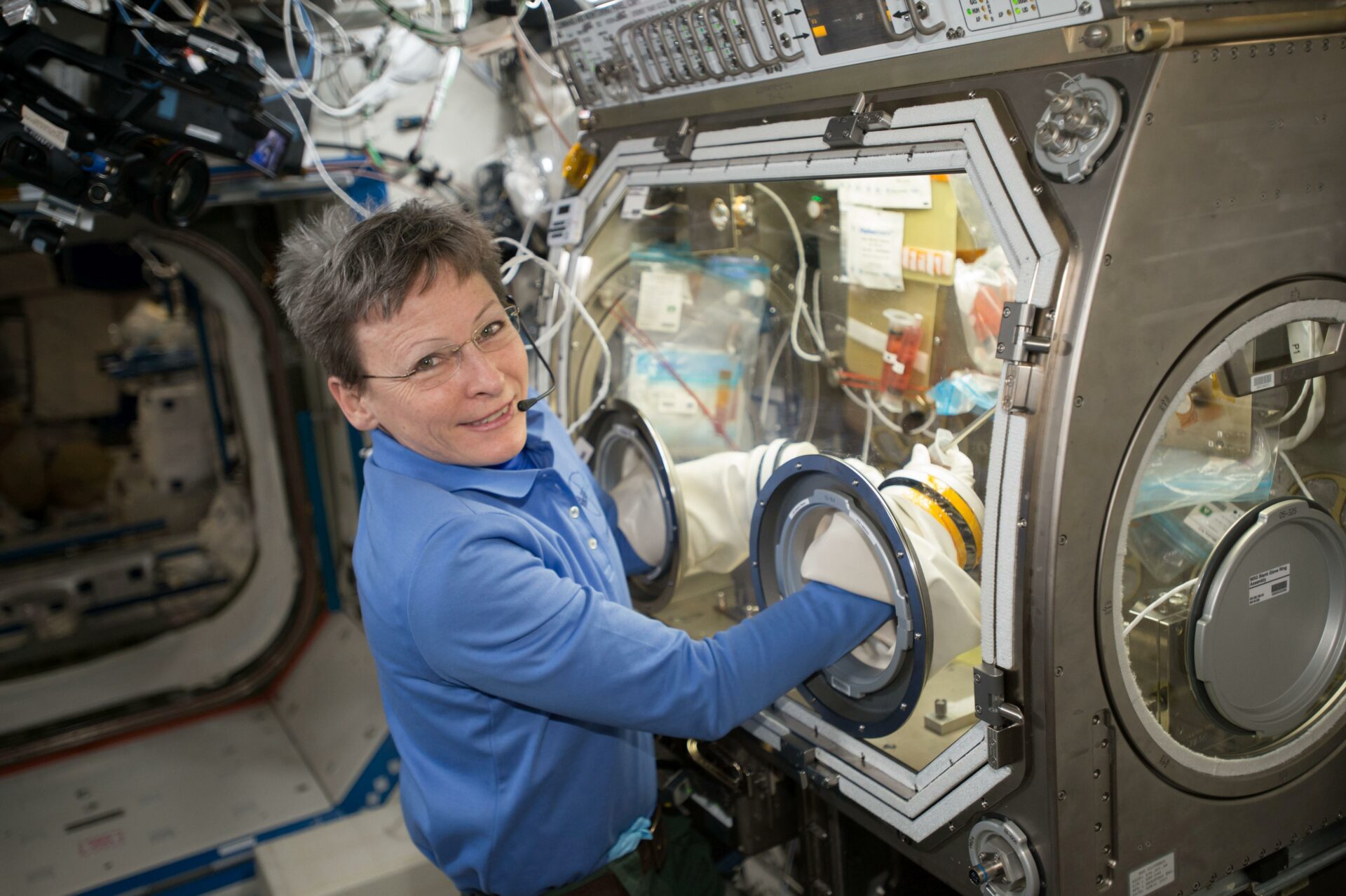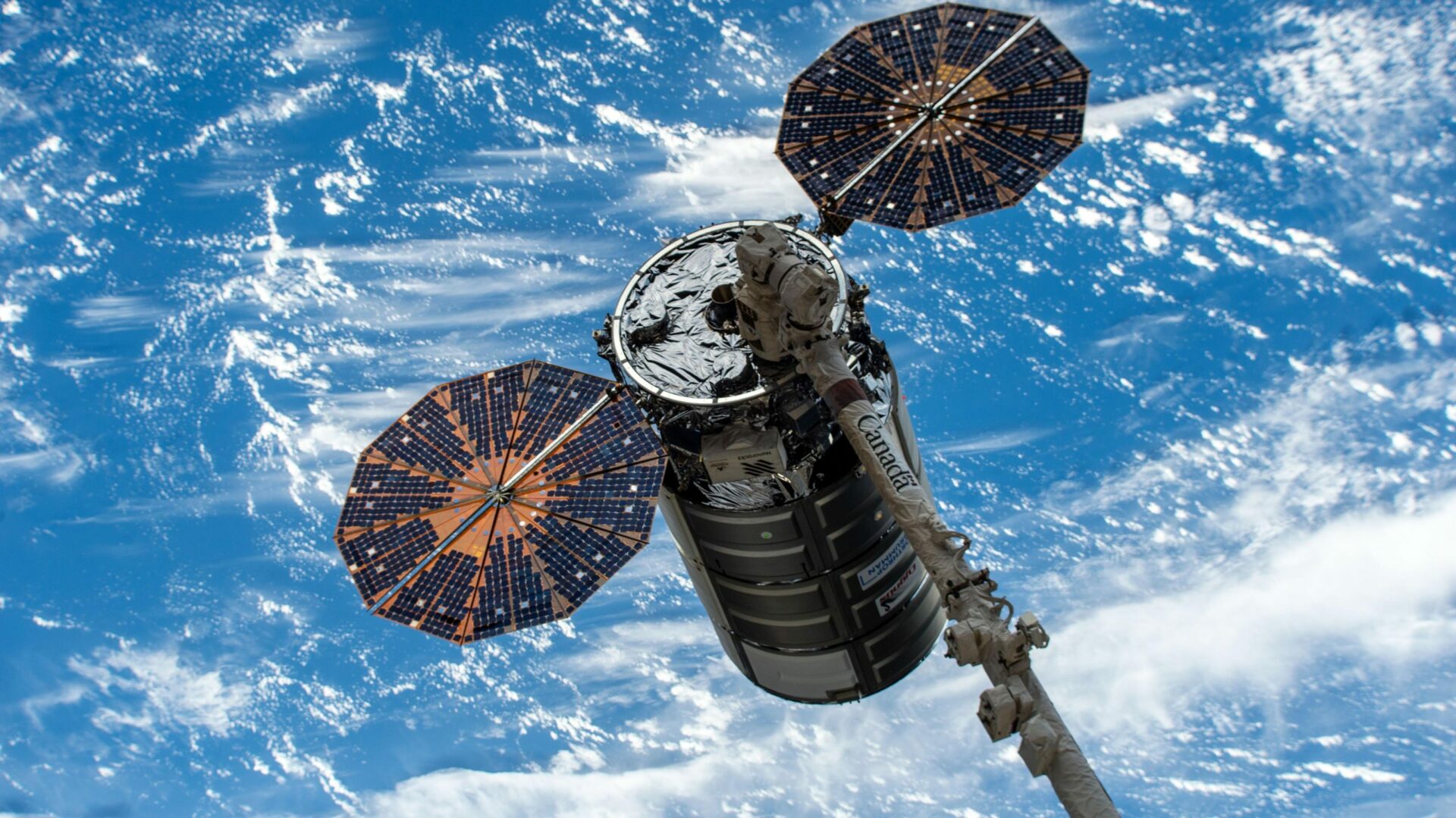Experiments on the study of the human nervous system have begun on board the International Space Station. In parallel, the Expedition 67 crew explores space physics, artificial intelligence, and also changed the configuration of the airlock. Sci Tech Daily described one of the busy working days of astronauts aboard the ISS.

The absence of gravity in space has an impact on a wide range of physics studies, thanks to which new phenomena are being discovered. All experiments are aimed at improving the lives of people on and off the Earth. One of these projects uses artificial intelligence to adapt complex glass production processes in microgravity conditions to benefit numerous terrestrial and space industries.
On July 5, NASA flight engineer Kjell Lindgren set up the equipment for the Intelligent Glass Optics experiment to work inside the Microgravity Science Glovebox. The outcome obtained as a result of the study contributes to the development of professions in the field of medicine and astronomy.
Flight engineer Jessica Watkins, in partnership with NASA flight engineer Bob Hines, conducted a study on how weightlessness affects human motor skills. The duo took turns sitting in a unique apparatus inside the Columbus laboratory module to help scientists understand how astronauts hold different objects in space and manipulate them. This experiment will help to develop special and more convenient interfaces for spacecraft and provide a deeper understanding of the human nervous system.

Jessica Watkins and Samantha Cristoforetti and also a trio of astronauts worked during the day, making changes to the configuration of the NanoRacks Bishop gateway. For this, they reinstalled the hardware and placed the cargo in Bishop for garbage disposal and checking robotic maneuvers. Ground controllers ordered the Canadarm2 robotic arm to detach the airlock from the Tranquility module to throw out a dumpster, which then burned up in the atmosphere. Canadarm2 then moved Bishop back to Tranquility, where it was soon re-attached for further filling.
This is approximately how astronauts work everyday on the International Space Station.
Recall that earlier NASA wanted to regain the dead cockroaches.
Follow us on Twitter to get the most interesting space news in time
https://twitter.com/ust_magazine

